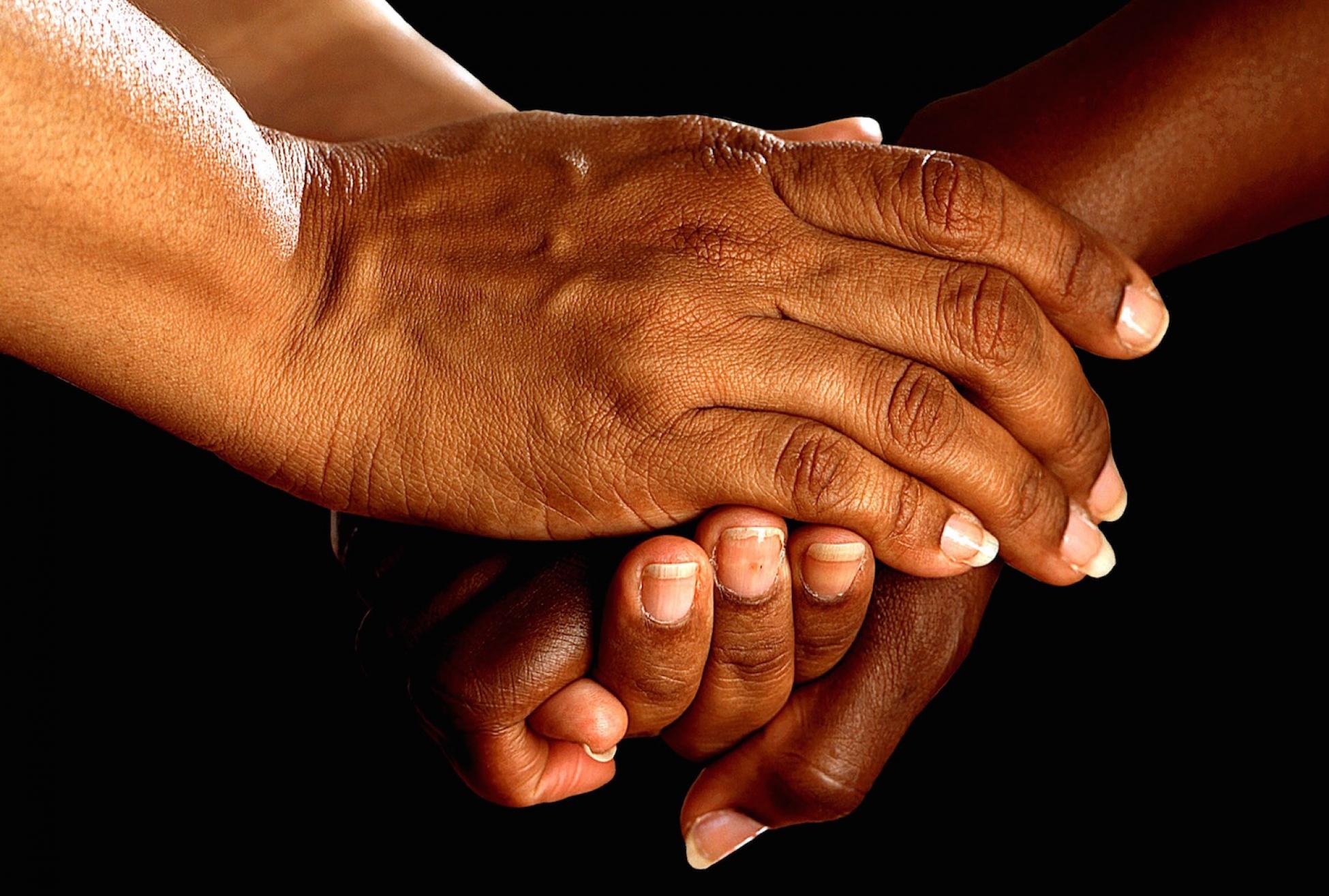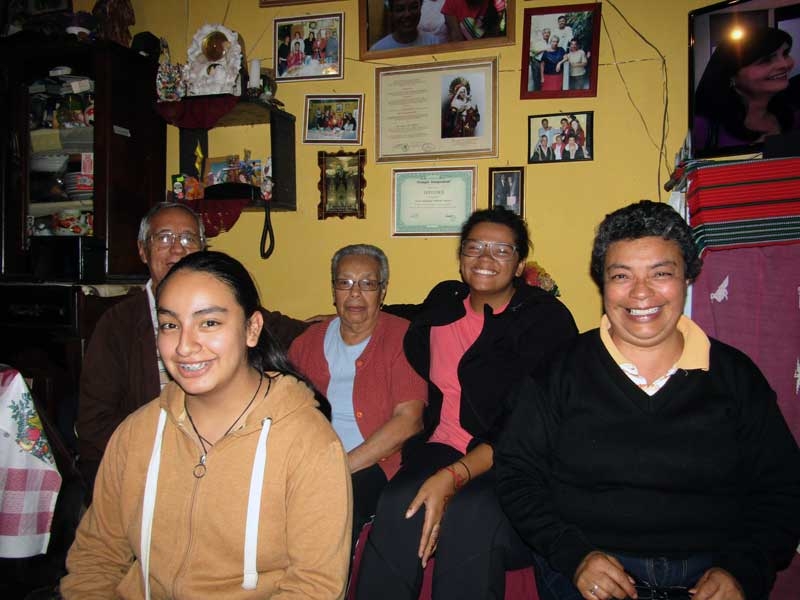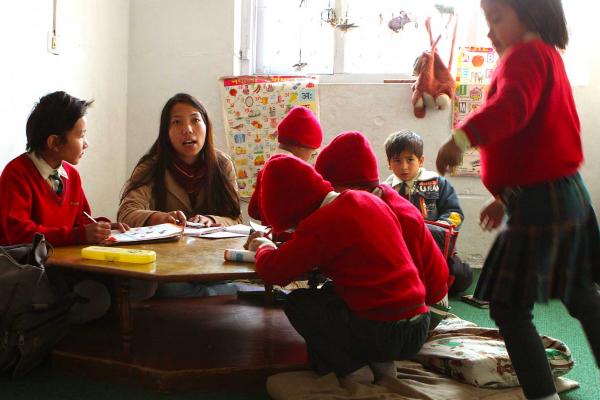There are many misunderstandings and unintentional mishaps that arise between international development workers and local communities. At times, the divide between the project developers (often multinational organizations) and the beneficiaries is so wide there aren’t any long-term benefits for the local communities. When ideas and concepts are out of touch with realities on the ground, they can be harmful and even perpetuate imperialism and colonization.
In my experience working in Honduras, I can testify firsthand that this often happens due to a chronic lack of consultation. Given the deeply rooted history of systemic oppression and violence, this is particularly problematic when working with indigenous nations.
It’s for this reason that development practitioners must approach their work with care and sensitivity. In order to ensure that my own work respects indigenous peoples’ rights, I’ve developed a five-step plan:
1. Develop positive relations
Relationships are the cornerstone of many indigenous peoples’ culture and cosmovision—including those with the spirit world, the environment, our ancestors and others.
For international development practitioners, this means building connections with both the communities you’re working with and the environment. Gaining consent and working in solidarity with communities is essential to build trust and acceptance. This is the most important aspect of working with indigenous communities, as many of the issues related to past trauma, social inequality and injustices revolve around social and interpersonal relationships.
However, personal development also forms an important aspect of this process. I’ve found that having a positive inner state of being and focusing on self-improvement is key.
2. Perform thorough research and investigation
Research, before action, is essential to know what the issues are and to pinpoint to what extent and in what manner assistance may be helpful.
Before developing a project, take the time to understand the history, culture, and the political and social dynamics of your host community. Without thoroughly investigating issues of colonization and imperialism, for example, you may never get a sense of the real issues at hand—nor will you be able to full understand or appreciate the social and cultural makeup of the community.
3. Create a project proposal
Communal participation and ownership is a central tenant for many indigenous groups, and this should be reflected in how projects are developed. Local leaders and community members need to be involved at the grassroots level to better reflect collective needs.
For too long, foreigners have taken the liberty of forcing their will and projects upon indigenous communities. Development in indigenous communities starts with empowering the members to take charge of their own destiny.
4. Implement the project
A project proposal that has been developed with the active participation of the local communities can act as a road map to creating positive and lasting impacts on communities.
Simply put, development work is not always about the end result—the journey is just as important.
However, it’s vital to keep in mind that this is not your project—it belongs to the community. During implementation, your role should be that of an assistant and coordinator, not a director. Throughout each phase, community participation must be respected and taken into account—and consent can also be withdrawn by community members at any time.
Finally, remember that while hard results are important, sometimes they will take the backseat to relationship building and community participation. At the end of the day, solidarity with the community and collective empowerment is one of the most essential outcomes when working with indigenous communities. Too much attention paid to end goals can mean hasty actions and a loss of focus on the process. Simply put, it’s not always about the end result—the journey is just as important.
5. Monitor and evaluate progress
Lastly, it’s time to assess whether your presence has a negative or positive impact on the community. Consider if you have respected the communities right to consent, consultation, and participation at every phase of your activities.
Usually, your relations will be a good measure of your impact. In other words, see how you have transformed within yourself? How have your connections with the community members evolved? To what degree have you received the acceptance and respect of the communities?
Working in solidarity with indigenous communities is not a nine-to-five job—it takes dedication, a great deal of sensitivity and passion. It’s about working with diverse cultures and perspectives, and about being part of a healing process. This process can take extraordinary patience, as healing our relations with one another, the planet and our communities is a lifelong journey.
Add this article to your reading list




